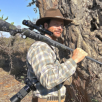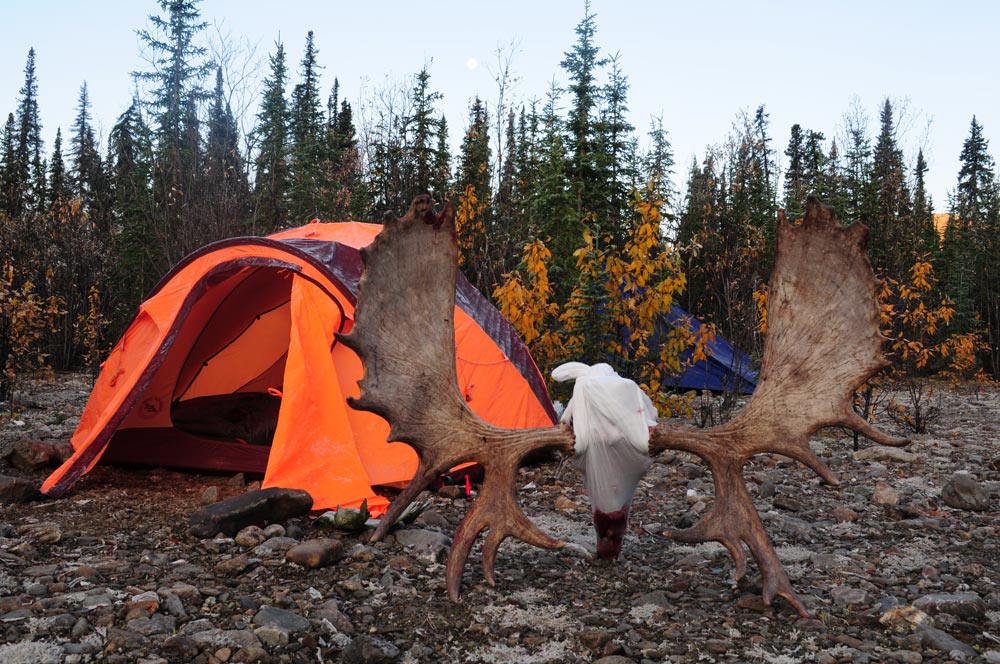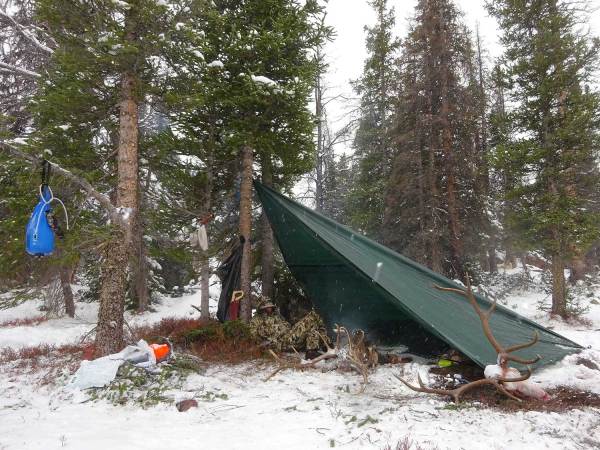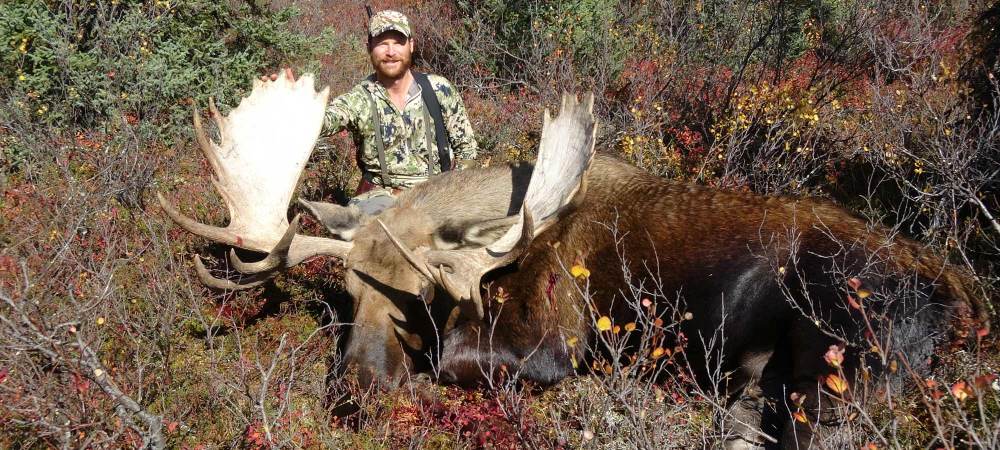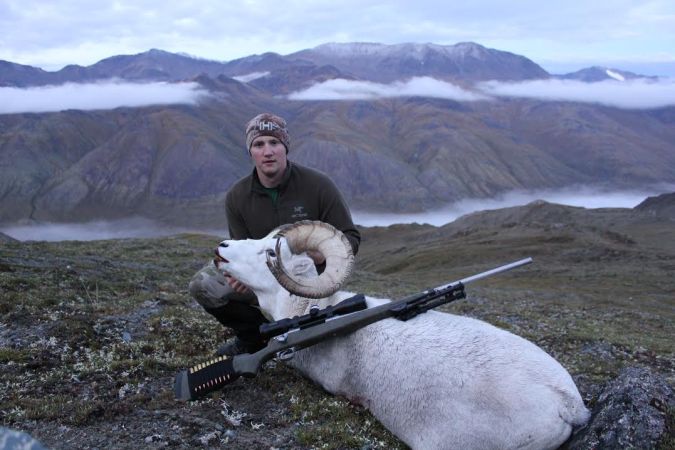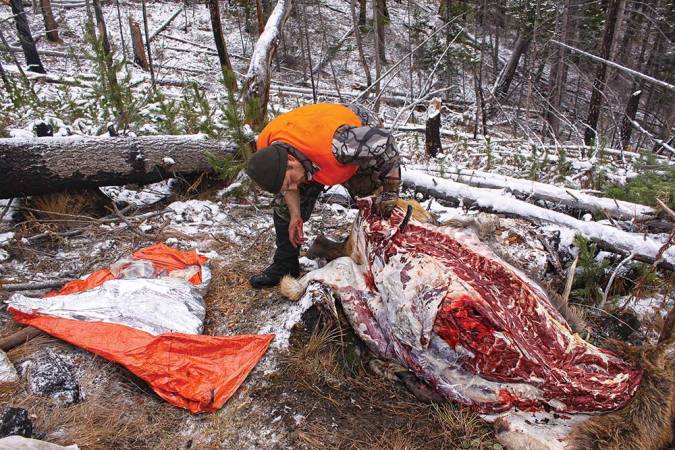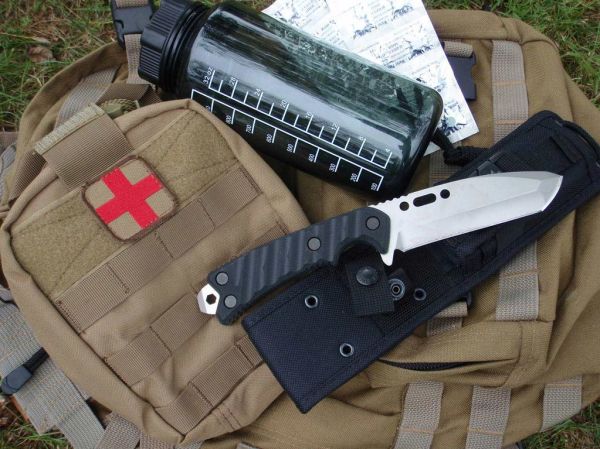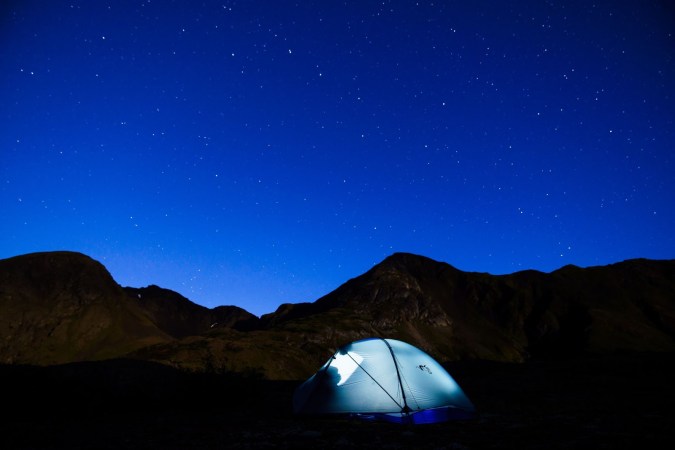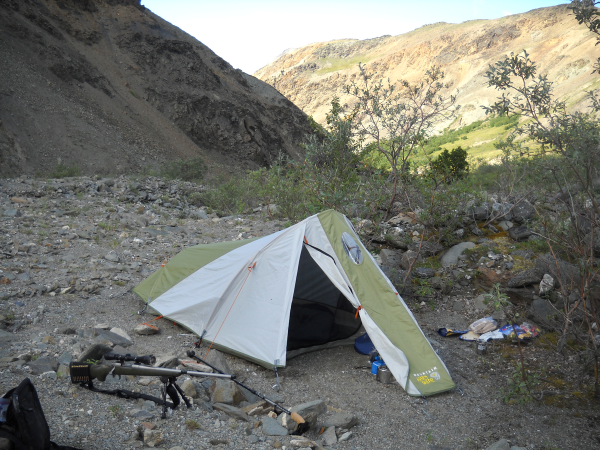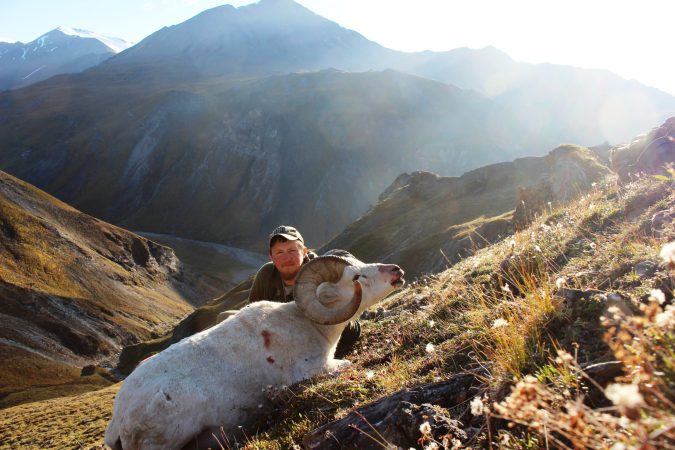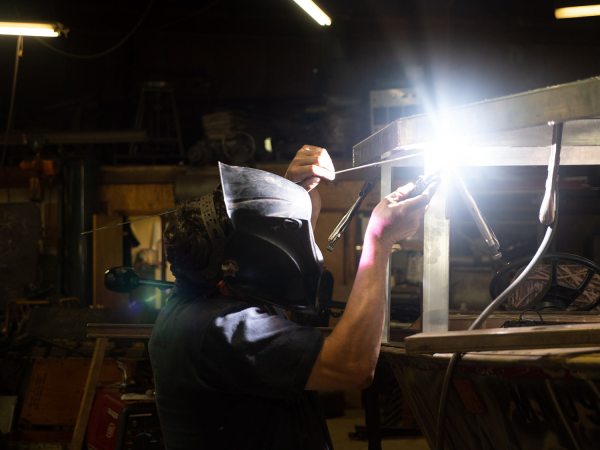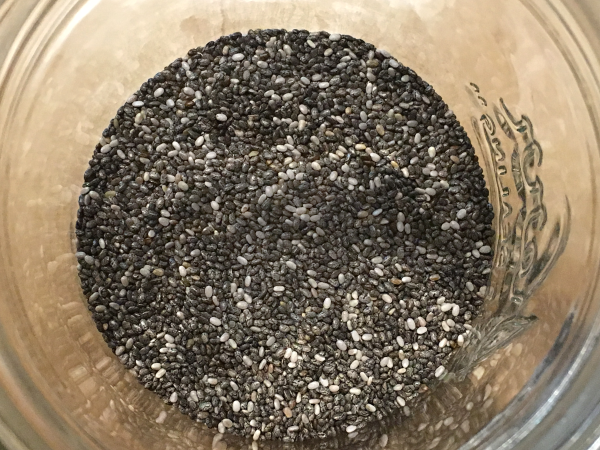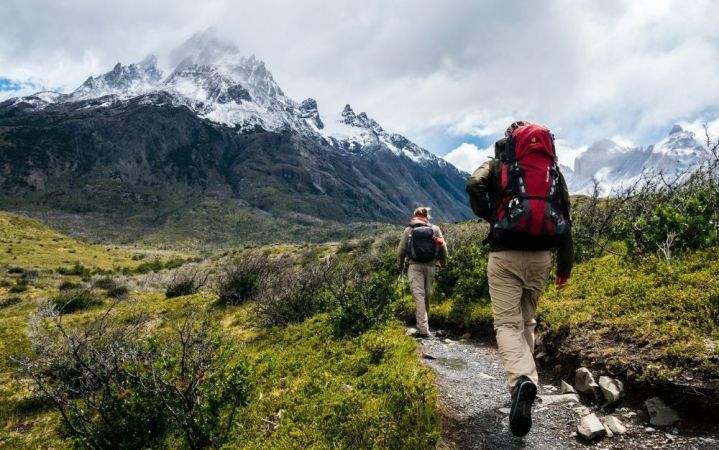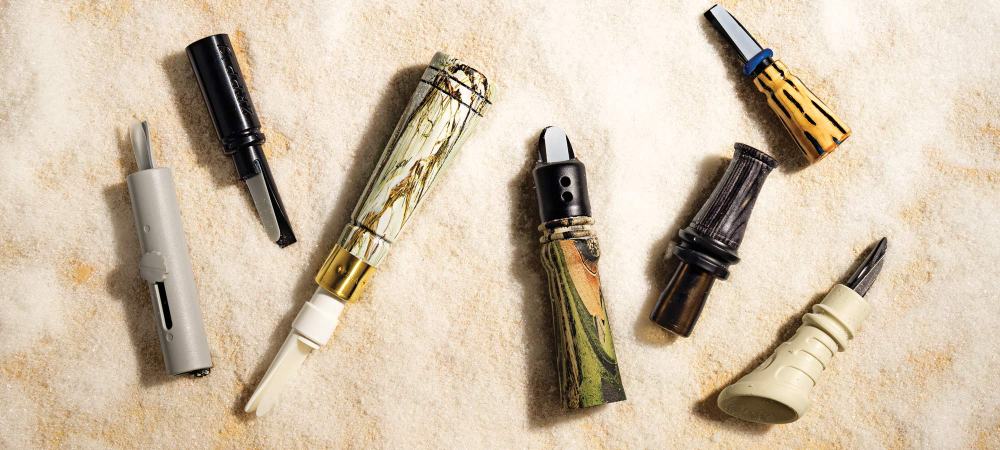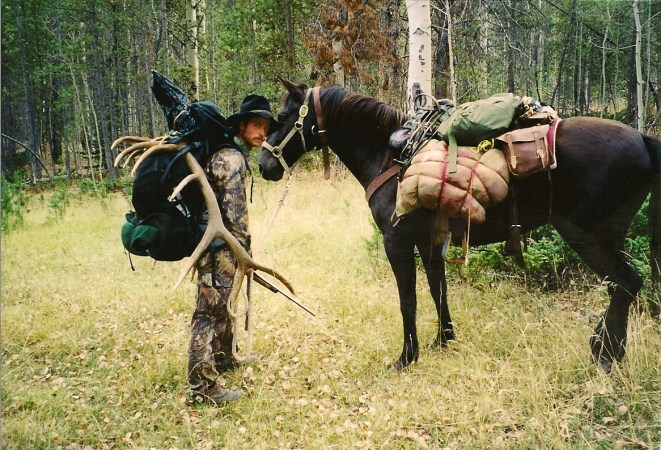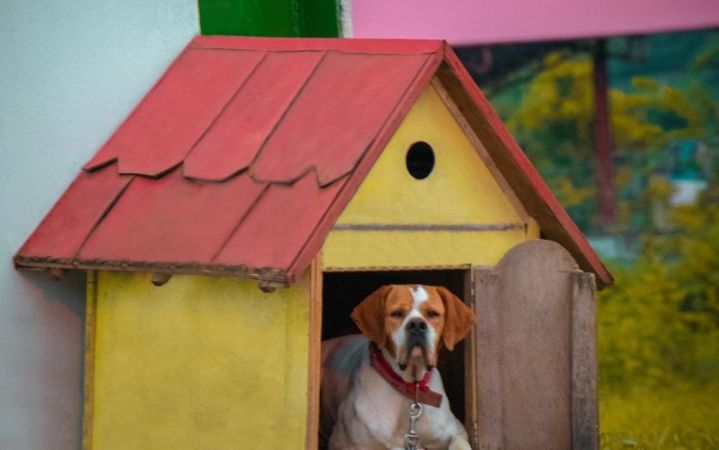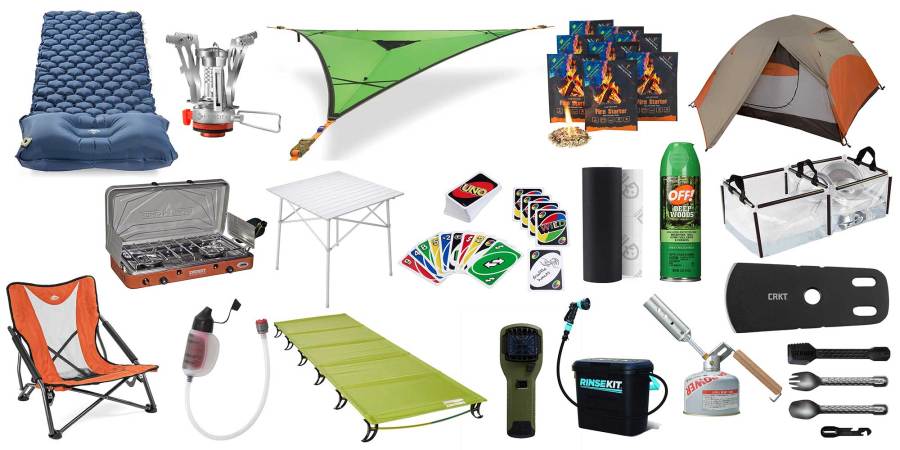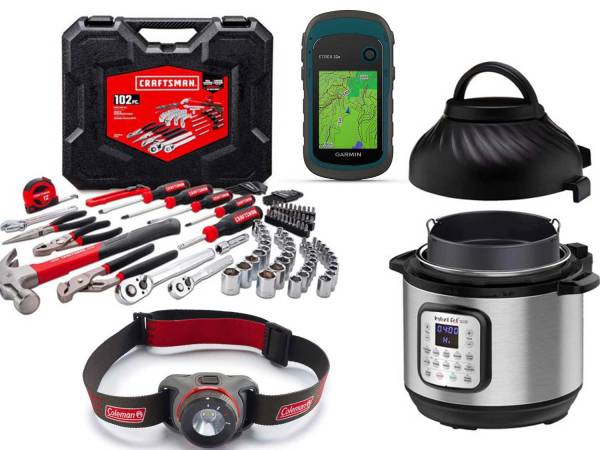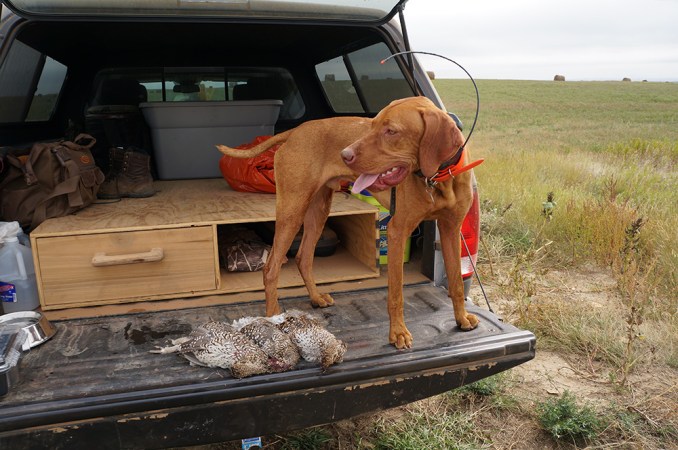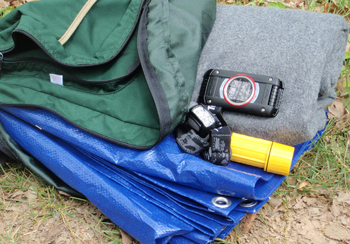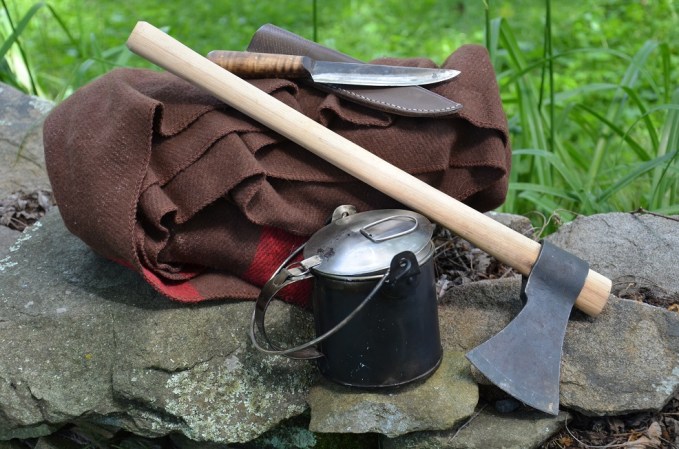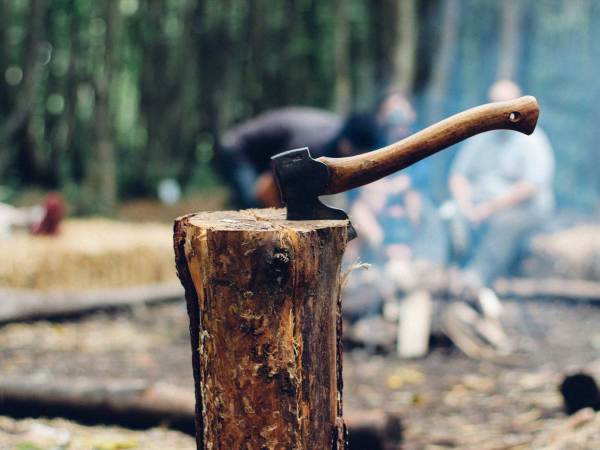We may earn revenue from the products available on this page and participate in affiliate programs. Learn More ›
The night was dark, and sleep was elusive. I was 14 years old, and camped alone in the backcountry for the first time. Well, not quite alone: my twin brother was with me. He couldn’t sleep much either. We were both too busy worrying about bears tearing up camp, lions raiding our horse string, and other unimaginable catastrophes. That’s when, in the wee hours of the morning, a crash that seemed to announce the beginning of the apocalypse sounded at the door of our tent. We both went rigid in our sleeping bags as the sound of pounding hooves faded into the darkness.
I jerked on my boots and dashed (well, if you can dash on hands and knees) out the front door of the tent, stopping short at the sight of the large freshly fallen dead aspen tree that lay just between our tent and the fire pit. Five feet to the left and that tree would have spelled real disaster for my brother and me, crushing our tent with us inside. We learned a valuable lesson that night; don’t camp in the vicinity of standing dead trees, especially if they are old and rotten. Also don’t tie a nervous horse to said rotten tree—he’ll pull it over in the night and almost kill you. With that in mind, here are seven more good ideas about how to camp in comfort and safety (even if you are a fourteen year old with a good imagination).
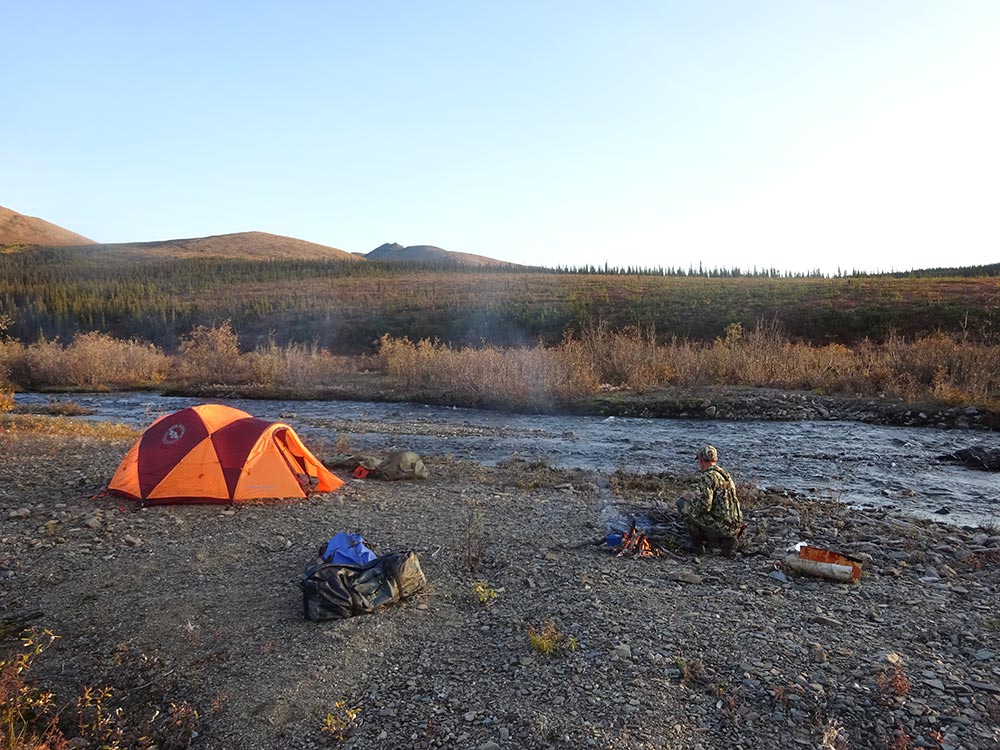
1. Choose a Smart Tent Site
Your tent location is critical to comfort. First and foremost, it should be mostly level (so you don’t all end up wadded into a logjam-like tangle on the downhill side of the tent come morning). Secondly, it should be at least slightly higher than surrounding terrain, so rainwater drains away from instead of into your boudoir. And third, try to find a spot free of rocks, root hummocks, dinosaur bones, and other things that put a bump in the night under your sleeping bag.
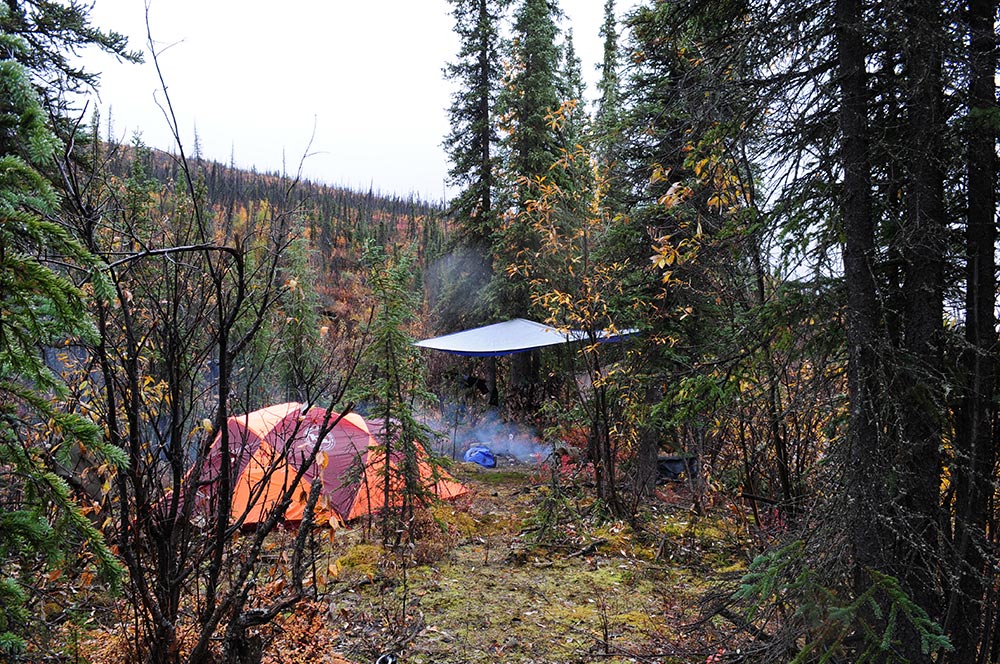
2. Proximity Matters
Who wants a house more than five minutes from the grocery store? (A lot of us, but that’s another tale.) Put your home-away-from-home close to everything that matters: drinking water, fishing water, good hunting spots, feed for your horses (if you have them), firewood, romantic mountain vistas… You get the picture.
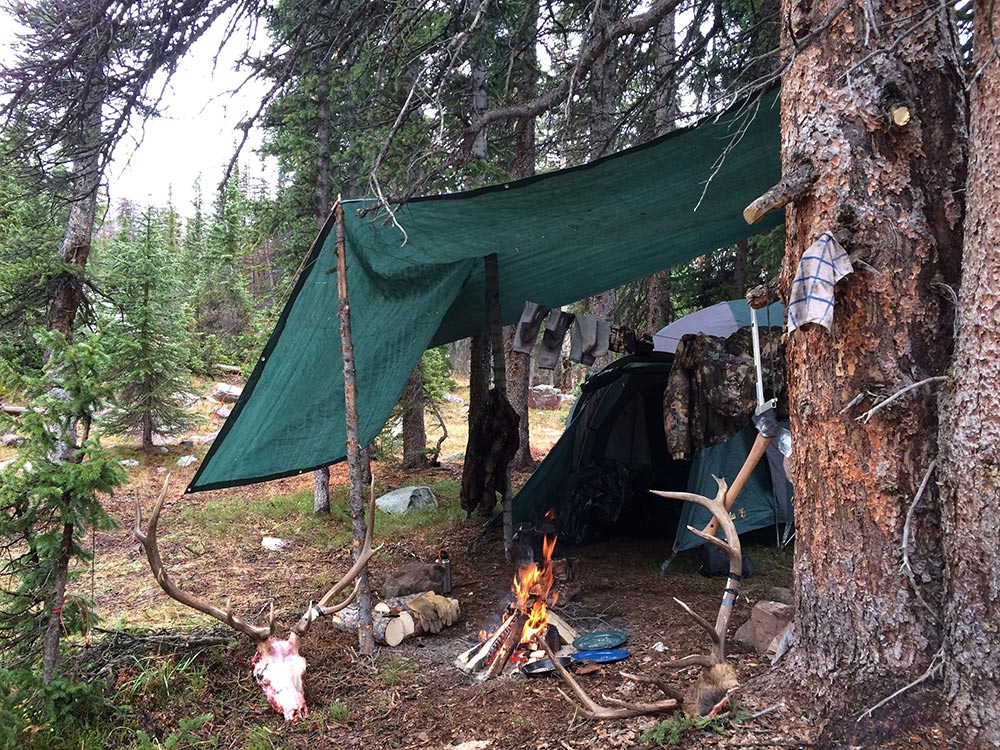
3. Design for Convenience
When you set up camp, make like a high-dollar home designer. Set up your bedroom (tent) first, then build a fire pit complete with cooking area (a big flat rock is ideal for this), a a tarp strung high overhead to block rain in inclement weather, logs, rocks, or stumps to sit on, and room for loiterers and solicitors to hang out.
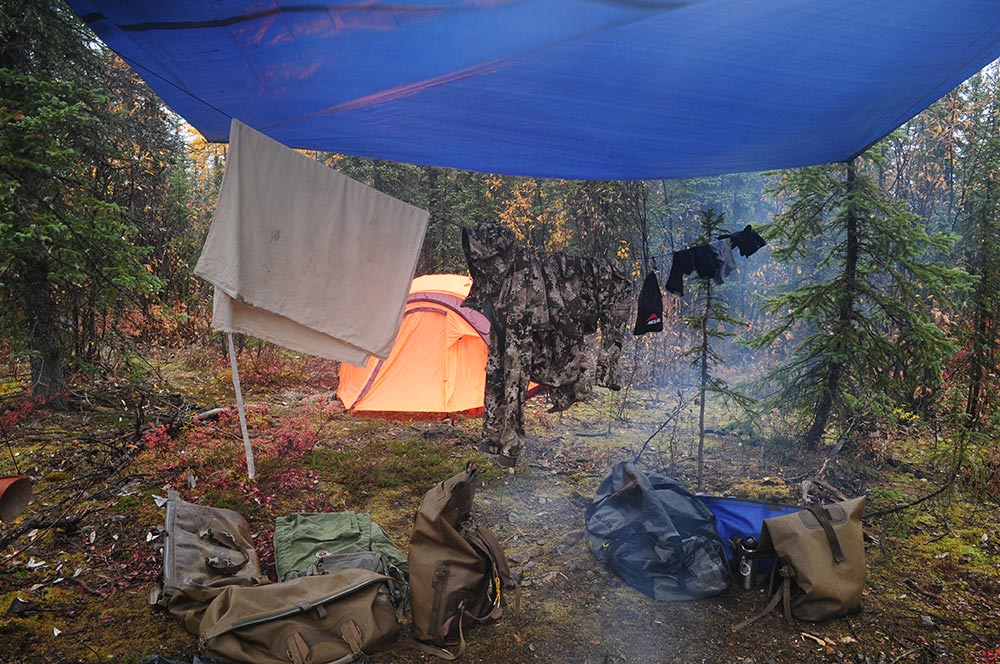
4. Create Storage
Stretch a tarp into a diamond-fly or lean-to shelter so you have a place to store extra gear, backpacks or saddles, dry firewood, and so on. It sucks to return from a high-country fishing jaunt and find that your extra clothes, food, clothing, and firewood are all soaking wet from an afternoon thunderstorm. Stretch a tarp shelter and avoid that misery.
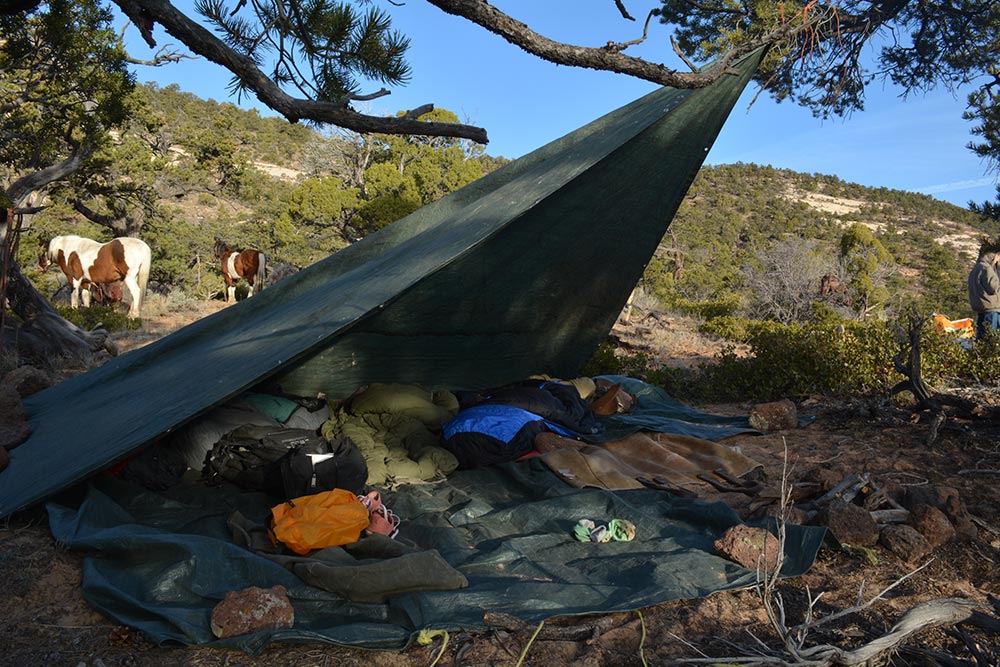
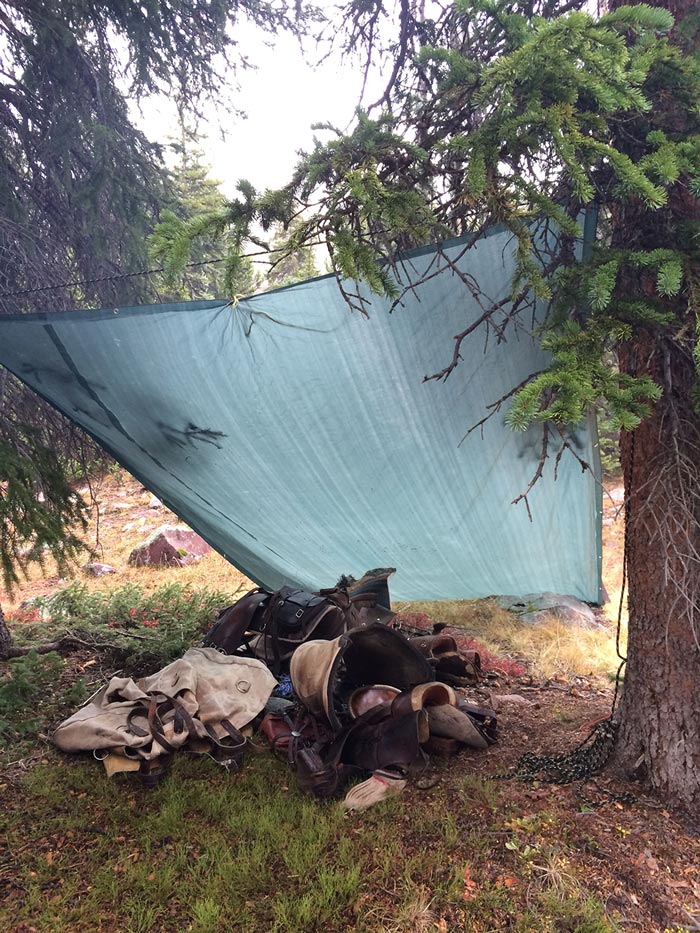
5. Be Scared of Bears
Well, not really. If they’re going to eat you, they’re going to eat you and there’s no use worrying about it. However there are a few things you can do to help circumvent that momentous but undesirable experience. If bears are in the area, especially grizzly or brown bears, take appropriate precautions; cook, eat, and store your food well away and preferably downwind from main camp. Don’t bring tasty-smellies (toothpaste, lip balm, deodorant, candy) into the tent with you. And don’t hang meat or fish in camp.
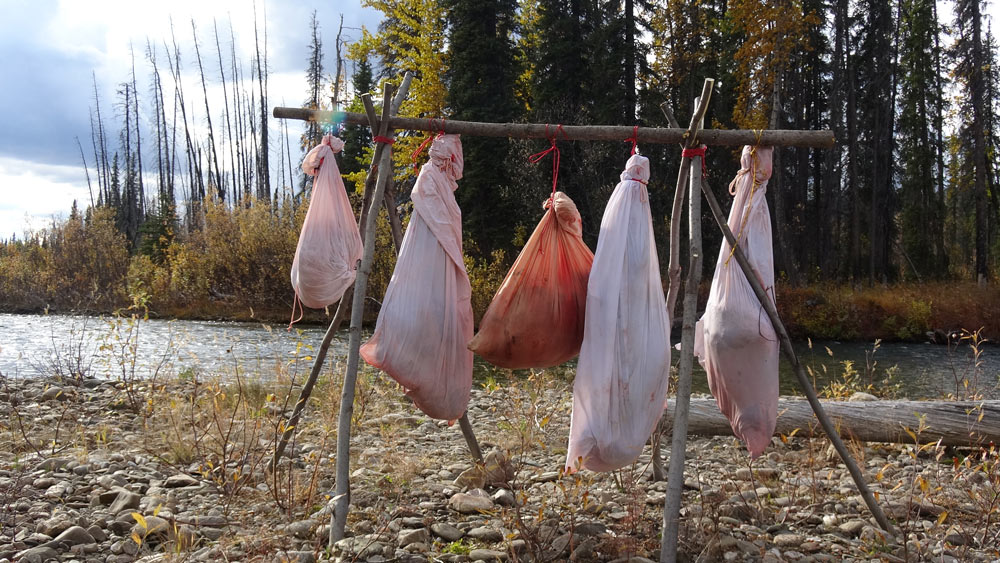
6. Build a Meat Scaffold
Speaking of hanging meat, here’s an easy, simple, and smart way to hang meat or fish in the backcountry, should you be fortunate enough to come into possession of some: First, find an open place downwind of camp, preferably 100 to 200 yards away, and visible from a distance. Next cut seven poles about seven feet long and two inches in diameter. Now lash six of the poles into two tripods, and lay the seventh over the top.
Hang your meat, cover with a tarp if it rains, and look things over from a distance before approaching. That’ll keep both your meat and you safe.
Read Next: 46 Survival Skills to Keep You Entertained in the Backyard and Alive in the Backcountry
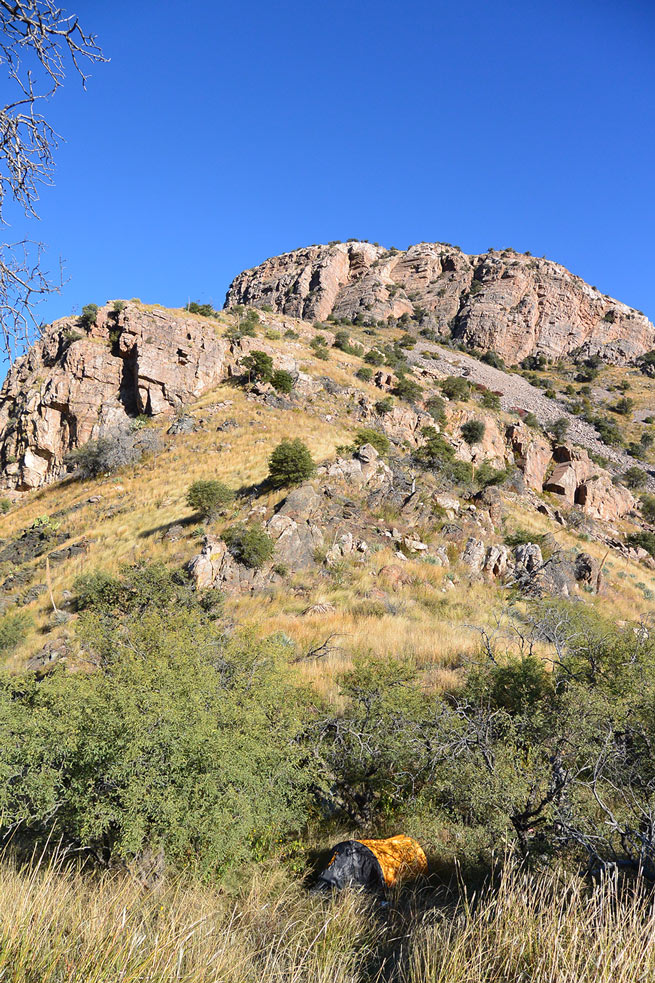
7. Clean Up Camp
This subject, while not important to establishing your own comfortable camp, is one of my pet peeves and will make it better for future campers, including yourself. Folks who trash up their camp and then leave it that way have no business being in the mountains. Leave your camp—and indeed everywhere you go—clean and how you found it (or better). No one wants to bust their butts to get to camp, just to find your miserable trash everyplace. Keep your camp clean, and leave it clean.
